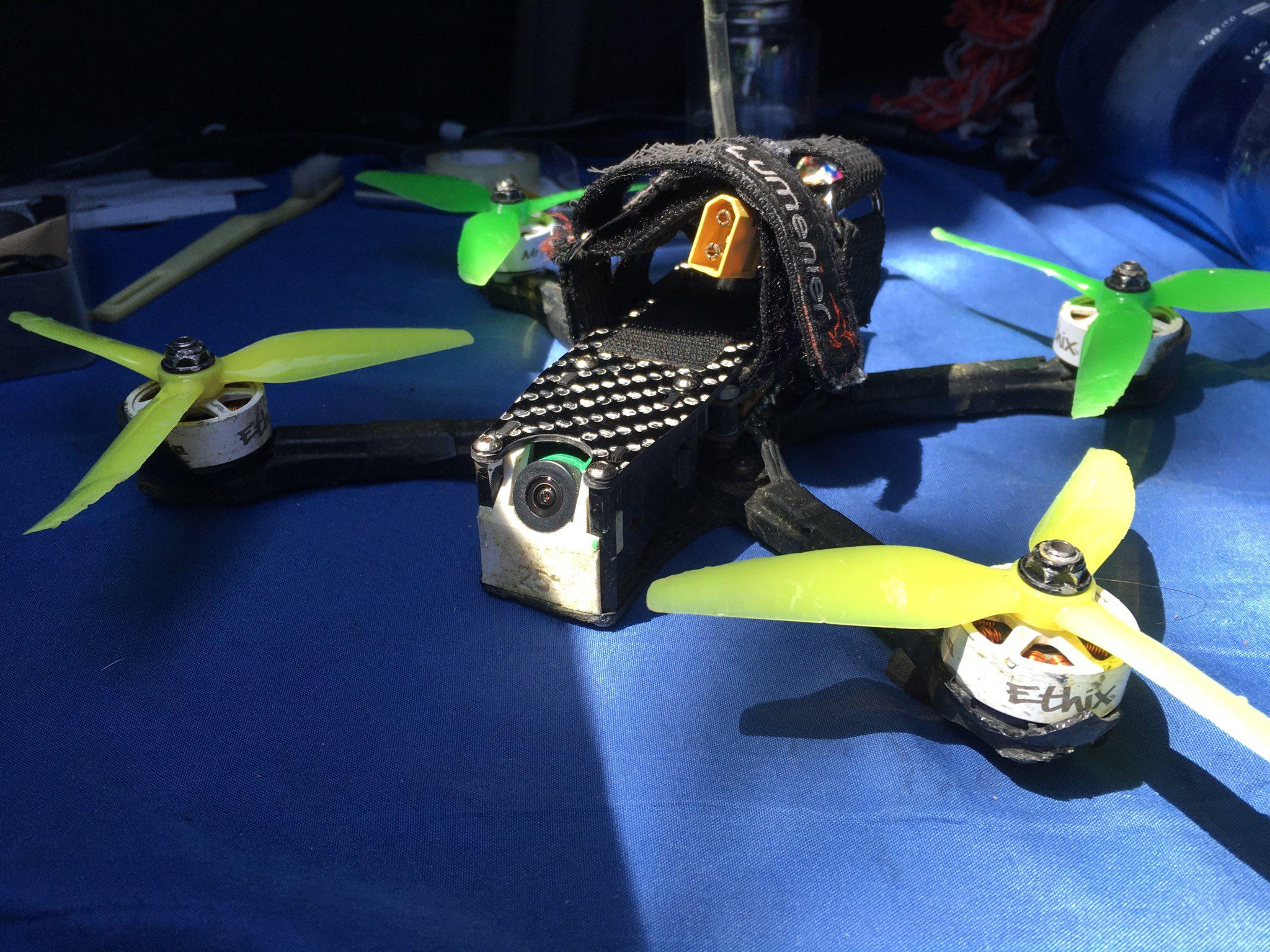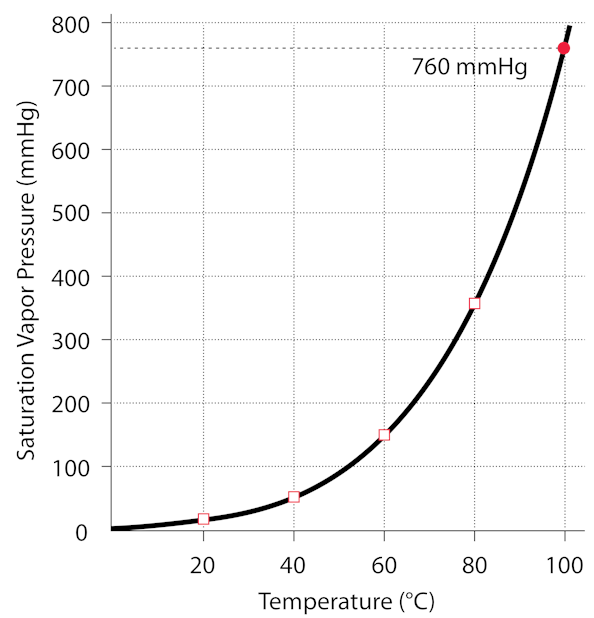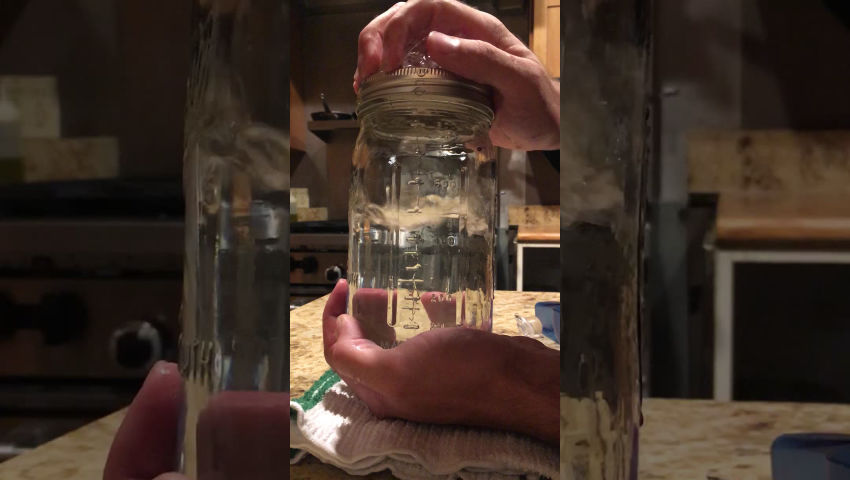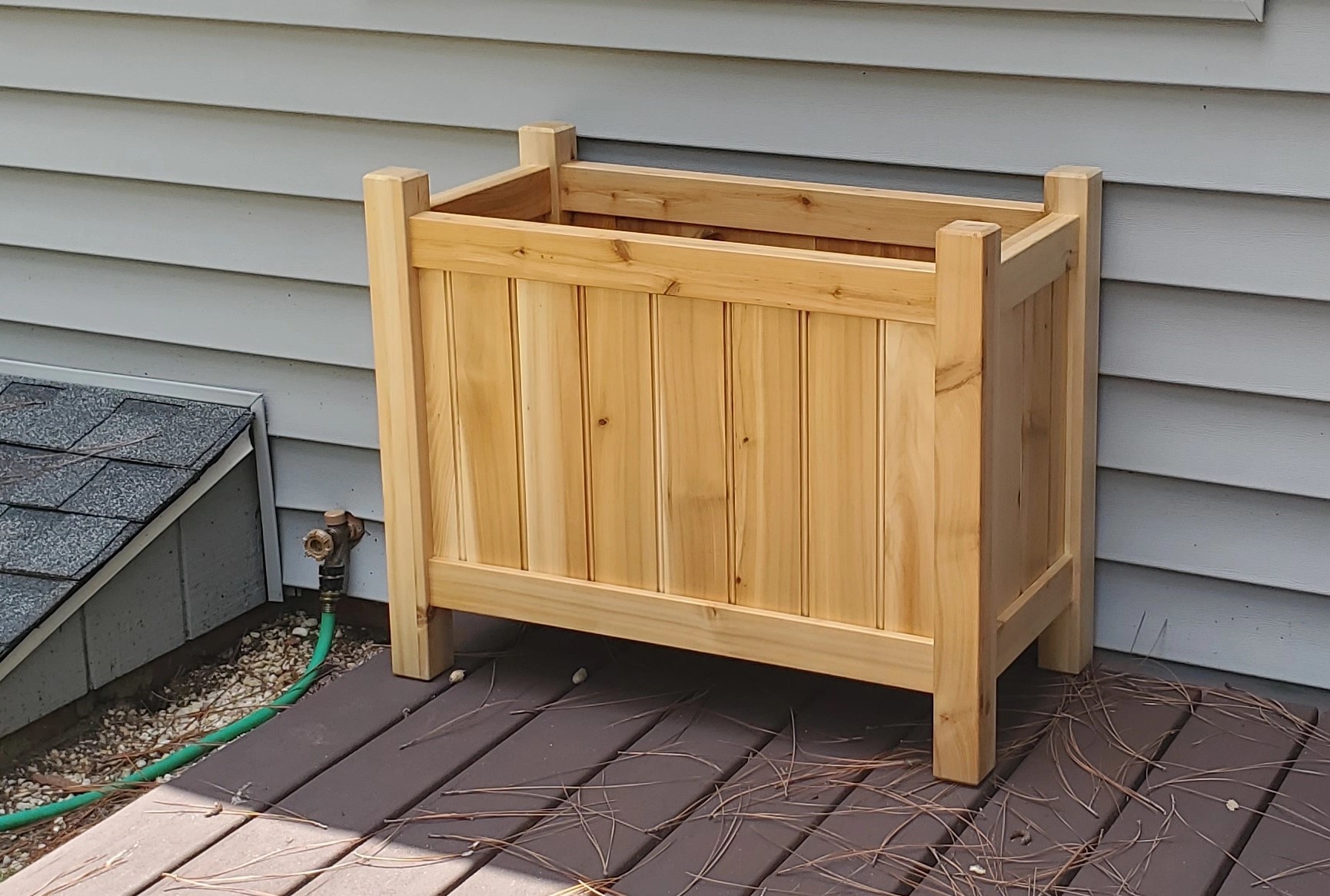Do it! it is easy to do at home! Just wear some gloves and safety glasses, those jars can easily shatter during the heating process if you use too hot of a heat source. I recommend a glass top electric stove, or put some kind of metal plate between your jar and the burner to help spread out the heat. Once you seal the jar, take it off the heat right away, so it doesn’t build pressure. I boiled mine for a few minutes before sealing to try and get some of the devolved gasses out, and lightly set the lid on top to help the steam push out all the air.
- 14 Posts
- 22 Comments

 3·1 year ago
3·1 year agoIt does. And Firefox is my default browser app.
Yes definitely. The pressure will drop along the vapor pressure curve all the way to the triple point, gently boiling all the way if you remove the heat from the vapor and not directly from the water.
Anything for posterity
Exactly. it was bottled at atmospheric pressure while it was boiling, so 1 atm and 100 degrees C. Check this graph to see the relationship between the water’s temperature and it’s pressure in the jar (since there is no air, only water vapor). If the vapor is condensed, then the pressure drops below the curve on the graph, that is, the pressure in the jar is lowered below the vapor pressure of the water. Any time the pressure is below the vapor pressure, the water will boil, releasing vapor, until the pressure is equal to the vapor pressure. The pressure does not become negative, it is still positive, just lower than the vapor pressure at the given temperature. You can get below the vapor pressure curve by changing the temperature too, which is what we usually do when boiling water at a pressure near 1 atm (760mmHg)

http://hyperphysics.phy-astr.gsu.edu/hbase/Kinetic/watvap.html#c2
(1 atmosphere is ~760mmHg)
a slight aside, there is an important difference between the total pressure of the air, and the partial pressure of water vapor in the air. Inside the jar, the two are equal, but in a dry location (not humid) the partial pressure of water vapor is usually less than the vapor pressure of water at that temperature, but since the total large pressure of the atmosphere would not allow a pocket/bubble of very low pressure water vapor to form inside the bulk water, the water cannot boil, but it will evaporate at the surface anyway until the partial pressure of water is equal to the vapor pressure (very humid).

 1·1 year ago
1·1 year agoThe internet is a series of tubes.

 7·1 year ago
7·1 year agoUse KeePass!! It’s an opensource, offline if you’d like, password manager that doesn’t trust any third party servers to manage your sensitive information. https://keepass.info/

 1·1 year ago
1·1 year agoI made it! It tastes incredible for how easy it was to make. Cheap too. Highly recommended.


 1·1 year ago
1·1 year agoDiscoverability is something youtube’s alogrithm really gets right, and something lemmy, or the fediverse in general, just sucks at right now.

 4·1 year ago
4·1 year agoIt’s a really good point. It’s both the algo and the creators the keep us there.

 10·1 year ago
10·1 year agoPeerTube is awesome. Also its federated with lemmy!

 11·1 year ago
11·1 year agoTime to go to PeerTube. (federated! Bonus)

 8·1 year ago
8·1 year agoMight as well go Youtube to PeerTube

 35·1 year ago
35·1 year agoI mean, since we’re all here, PeerTube is federated with Lemmy! There are limited numbers of creators on PeerTube right now, but maybe if we can link more videos from there on lemmy and upload some ourselves, we can get the platform into a healthy state. Not that there is nothing there, there is a decent amount uploaded already.

 3·1 year ago
3·1 year agoMaybe we need a discover tab. Something different from ‘All’. It would request top posts, or highly active posts, or whatever, from as many instances as it can find by crawling instance-to-instance trying to explore the entire network periodically. Does federation take place after the first post request from a new instance, or from the first subscribe request?

 2·1 year ago
2·1 year agoFollow up question: After the first contact, will all new posts, comments, votes always be federated between the two instances?
And also, after federation occurs, I guess that means that new posts from the other instance will now show up in the ‘All’ feed, where as they wouldn’t have before.

 1·1 year ago
1·1 year agoThanks for the insight.
This is a major hurdle for discovery. My workflow to find new communities is basically to search for them on several different instances, visit their instance domain directly, search for their url through my home instance, and even then it’s occasionally useless because the only posts available to view in a feed from my home instance have no votes, no comments, and are pretty random. All the interesting posts that have had a moment to be voted on and commented on are a couple days old, and thus the only way to find things to interact with is to use the instance through it’s native domain. I suppose I could manually search for each URL of posts and comments as I browse in the native domain back into the search engine of my home domain, but this is insanity. Is this really the way we want to do things?
What if there was a way for one instance to request not the entire backlog of posts at once in these situations, but a series of posts long enough to fill one page of a feed at a time that match some search criterion when they attempt to directly explore a new community/instance, even if they are posts created pre-federation. Then the ‘most commented’ or ‘top of the week’ or especially ‘Top of All Time’ and old pinned posts, basically the ones people would want to see, that define a community, would over time be federated as users browsed, accumulating a select subset of pre-federated posts on-demand. Something like that seems like it would be a huge step in usability and discoverability, especially for users on newer, smaller instances. I don’t know much about how the system works though, so I don’t know it this is the right idea.

 2·1 year ago
2·1 year agoMy mouth is watering already, I think I’ll try it tonight.
I like that design, first time I’ve seen it. Now I want to sit on it.











Crawling and indexing lemmy inter-instance would be an incredible boon to discoverability on the platform.